5 Tips for Graphic Designers Switching to UX Design
For many web designers, now is the perfect time to make the switch into UX design. So read these tips before starting a new projects. About the author: Nick Babich (blogs.adobe.com) is a developer, tech enthusiast, and UX lover. He has spent the last 10 years working in the software industry with a specialized focus on development. He counts advertising, psychology, and cinema among his myriad interests. Feature image courtesy of OPOLJA via Bigstockphoto.
Technology continues to open up exciting career paths for design professionals. One of the hottest jobs right now is user experience (UX) designer, and companies are willing to pay top salaries for people with experience: the median salary for a UX Designer in the U.S. is $70,000/year for entry-level, and $100,00/year for experienced professionals.
With demand at a high and lots of transferable skills between professions, graphic design might see UX design as a move worth making. If you’re a graphic designer looking to become a UX designer, but not sure how to start the transition, this article is for you.
Graphic Design vs. UX Design
Before we dive into details on how to make the transition to UX design, it’s essential to define what UX design is all about and how it’s different from graphic design.
While graphic design and UX design do have some commonalities (they both require creative thinking), there’s a major difference between two — responsibilities and end-goals:
- Graphic design mostly deals with the visual aspects of design (colors, typefaces). The primary goal of a graphic designer is to create great aesthetics.
In graphic design, information is communicated to users through text and images. Image credit: Ramotion
- User experience design is about designing the entire experience a user has with a product: not only the visuals, but the information architecture (how information is presented and organized), user interface, interaction design (how users can interact with the product or service), and many others. The primary goal of a UX designer is to create great products.
The role of UX role is complex, challenging, and multifaceted. Unlike graphic designers, who mainly focus on aesthetics and communication, user experience designers are focused on users and how they interact with a product.
Another important difference between graphic design and UX design is design process. While for a graphic designer the design process finishes once the product is launched; for a UX designer the product launch is just a step in design process. A UX design should be continually tested and adjusted based on user feedback. Thus, UX designers should be ready to rework their prototype and correct their hypothesis based on user’s needs.
Product design process. Image credit: Visual
Moving From Graphic Design To UX Design
Many people believe that UX is an exclusive club that only those with the right talent and extensive training can join. It’s not true. In fact, the career shift may come naturally to those who already possess strong design skills. Here are five things to remember when moving from graphic design to UX design:
1. Learn New Skills
One way to make sure that you’re ready to transition into a career in UX design is by investing some time and effort in learning UX skills. While graphic design is a specialized discipline, and there is a certain set of specialized skills (such as typography and color theory) required to produce great visuals, UX design is much more multi-disciplinary. UX design sits at the crossroads of a lot of fields and designers have to constantly learn about human psychology, visual design, interaction design, information architecture and user research techniques in order to create the right solutions to user problems.
Dan Willis’ UX umbrella. Image credit: Slideshare
While it’s impossible to learn all disciplines right away, it’s still possible to provide a few recommendations on how to get started:
- Start where your strengths are and pick up bits of the surrounding areas where and when you can. If you’re good in visual design, simply start with that.
- Look at the skills you can transfer to your new role. One of the benefit for graphic designers moving to UX design is that they can make things attractive. Good aesthetics can improve the overall user experience of a product by making users feel better about it. So don’t discard graphic design skills and bring them to the table while working on an UX project.
2. Focus on Building a UX Design Portfolio
What do employers look for when hiring UX designers? Two factors they consider are relevant professional experience and designportfolio. If you don’t have the former, focus on the latter. Career-switchers often face the same dilemma as recent graduates looking for their first jobs: to get hired for a UX design job you need UX experience. But how can you get that experience? It’s recommended to show your potential in any way that you can:
- Participate in the Daily UI Challenge and include the favorites in your portfolio. DailyUI is especially good for beginners because it both helps you boost your skills and while also creating a social presence. Just make it clear in your portfolio that it’s academic work.
- Participate as volunteer in nonprofit projects. You can learn from others designers while facing real-world challenges and provide outcomes that you can point to in your portfolio as positive contributions to society.
3. Pursue User-Focused Design Instead of Pixel-Focused
When you have a graphic design background, creating a pixel-perfect design is likely the aspect you enjoy most. Ensuring text has perfect kerning and colors are selected according to brand guidelines often takes up a significant portion of a graphic designer’s time. This isn’t the way things work for UX design.
UX designers are primarily focused on users and strongly concerned with whether they are able to achieve their goal. To create user-focused design you need to keep following things in mind:
- Usability is a cornerstone of user experience. A common problem is many UX designers seem to focus more on work that looks pretty, and less on functionality and usability of the design. Stand apart from the pack by making sure that you understand and consider usability details in your design.
- Avoid starting with visual design too early, for exactly the same reason — your attention should be focused on how things work rather than how they look. Remember, people don’t use an app or service for a pretty design. They want to solve their problem or satisfy their need by using your product.
4. Learn How To Conduct User Research and Collect Feedback On Your Work
A UX designer’s job is to create a product that provides the best possible user experience. How does that happen? It starts with a lot of research. Research is an essential part of the UX design process, as it informs the product’s design. You can’t create a valuable product for your users unless you understand the problems they face and how you can solve those problems via design. Graphic designers looking to switch career tracks will need to invest time into learning how to conduct user research.
Different user research methods summarized by NNGroup
Don’t be afraid of showing your work to others and let people test your thinking — you learn a lot from knowing what worked and what didn’t work.

UX designers work closely with users and other team members in order to ensure that the end product match user’s expectations. Image credit: General Assembly
5. Build Network And Learn As Go
Once you’ve got practical UX design skills and created your UX portfolio, you’ll need to focus on networking. Networking is essential for UX designers since the best opportunities are often found when someone already in the field recommends you for a position. One of the best places to start networking are LinkedIn and Medium. Join local UX-related groups, start asking and answering the questions, and you’ll eventually build all important network with your peers. But take it slow — don’t just show up and start asking for a job, you need to build relationships with people first.
One other useful way to start networking is to follow UX experts on Twitter. Here are just a few names: Don Norman, Luke Wroblewski, Steve Krug. Not only will you learn a lot from them, you can also interact with their followers who are mostly designers like you.
Conclusion
Is there a gap between graphic design skills and UX design skills? Yes, but not an insurmountable one. Graphic designers already speak the language of design. The world of user experience design is full of opportunities to expand your creative career. Good luck!
The Rubix Cube is is not the only twisty puzzle. Learn about Pyraminx, the 2×2 and 4×4 cubes, the Megaminx on Ruwix.
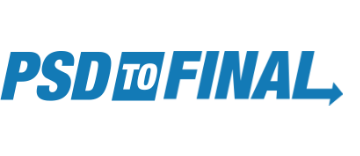

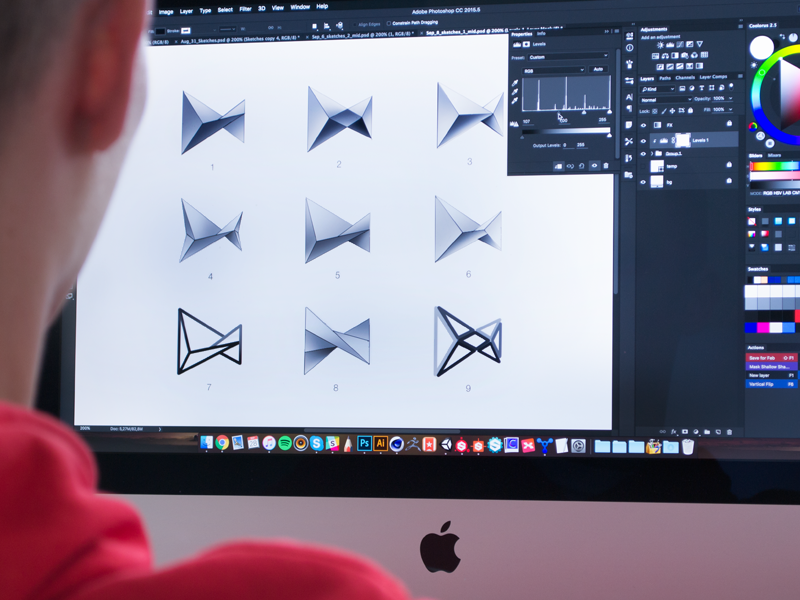

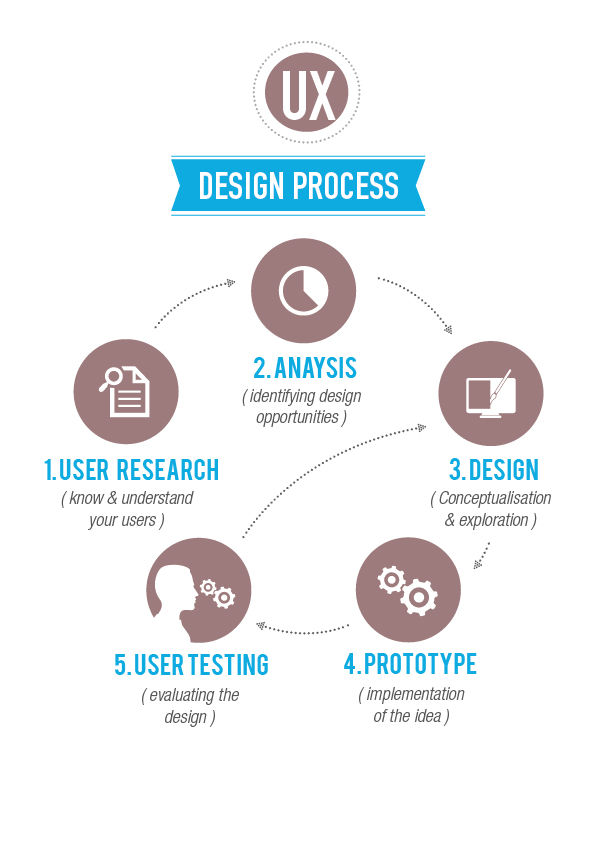
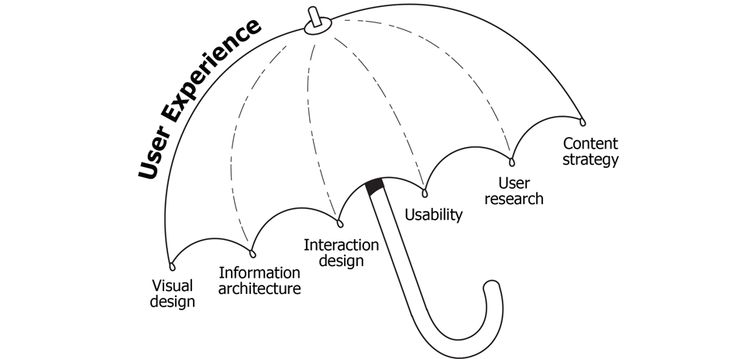
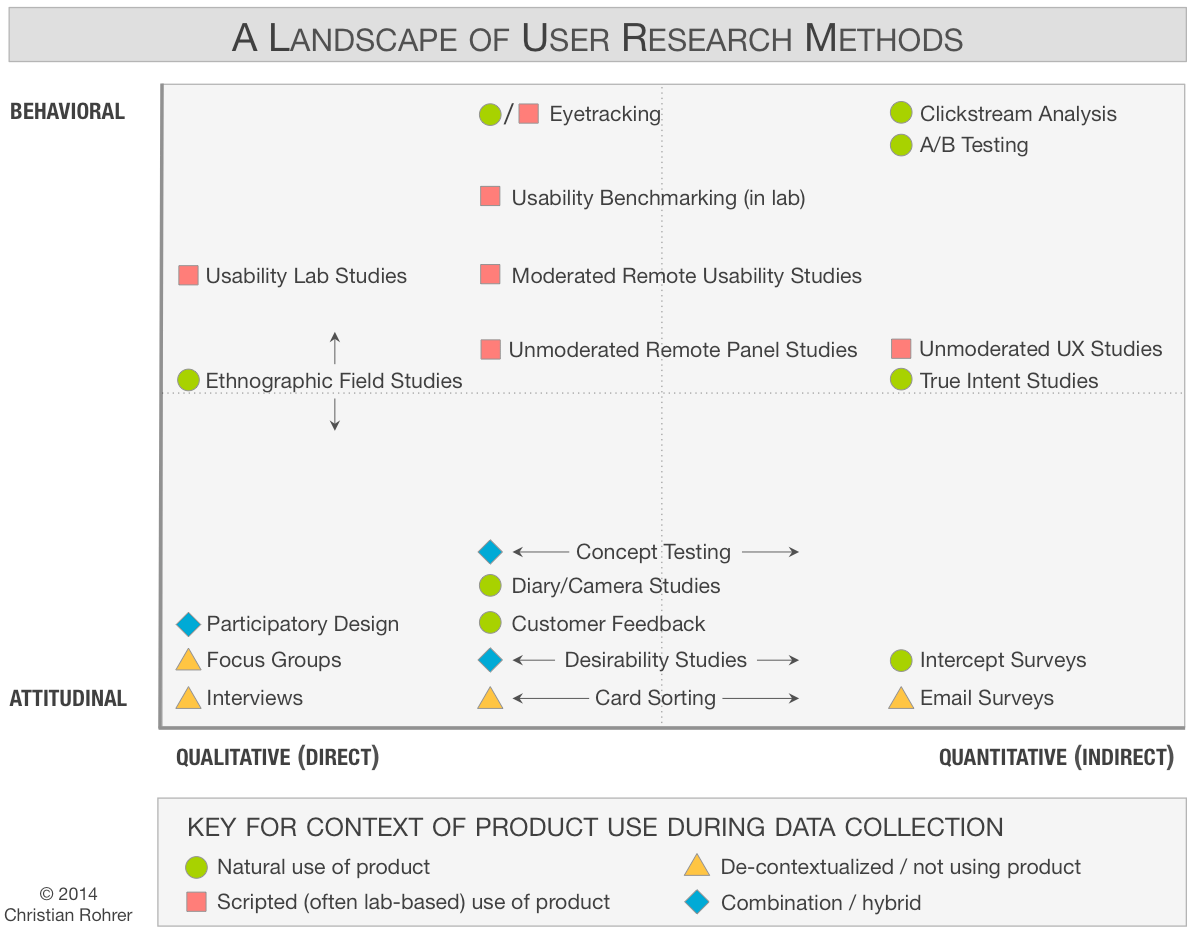
Leave a Reply
Want to join the discussion?Feel free to contribute!